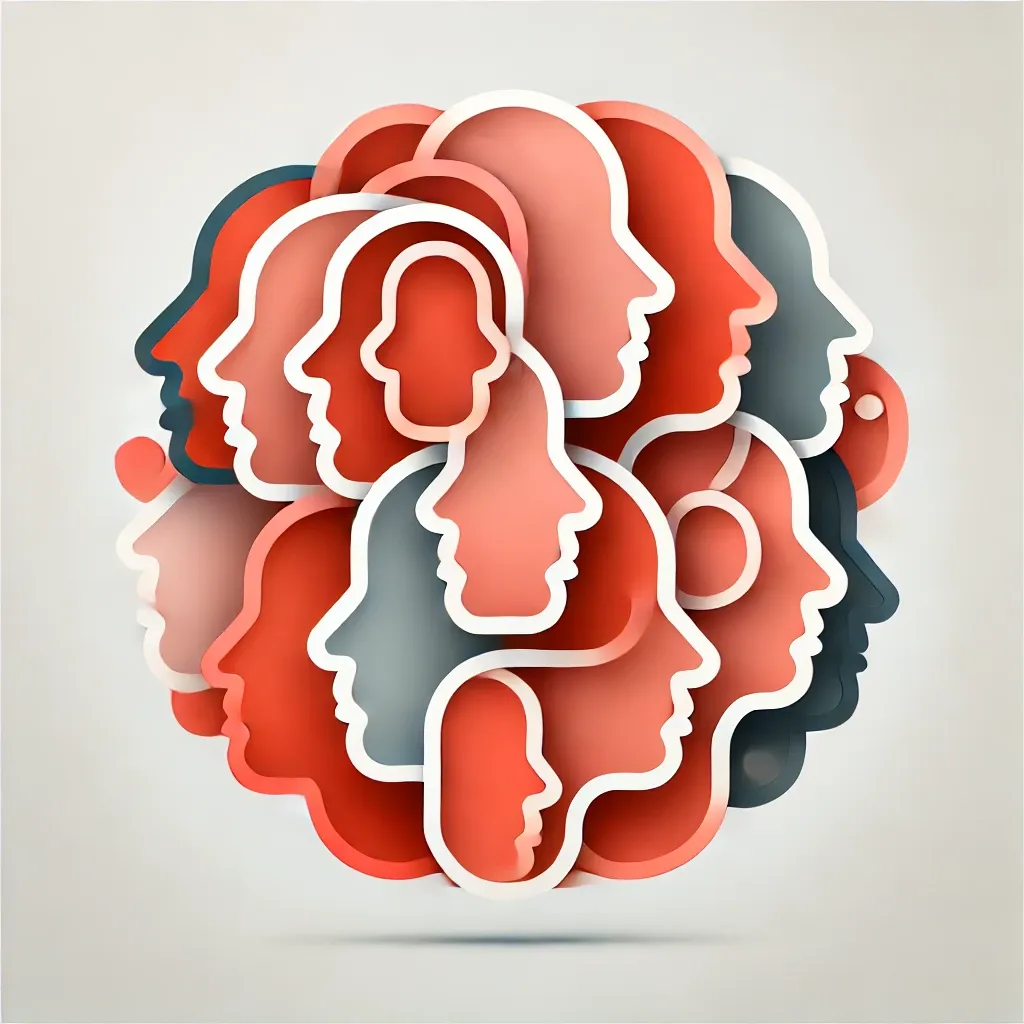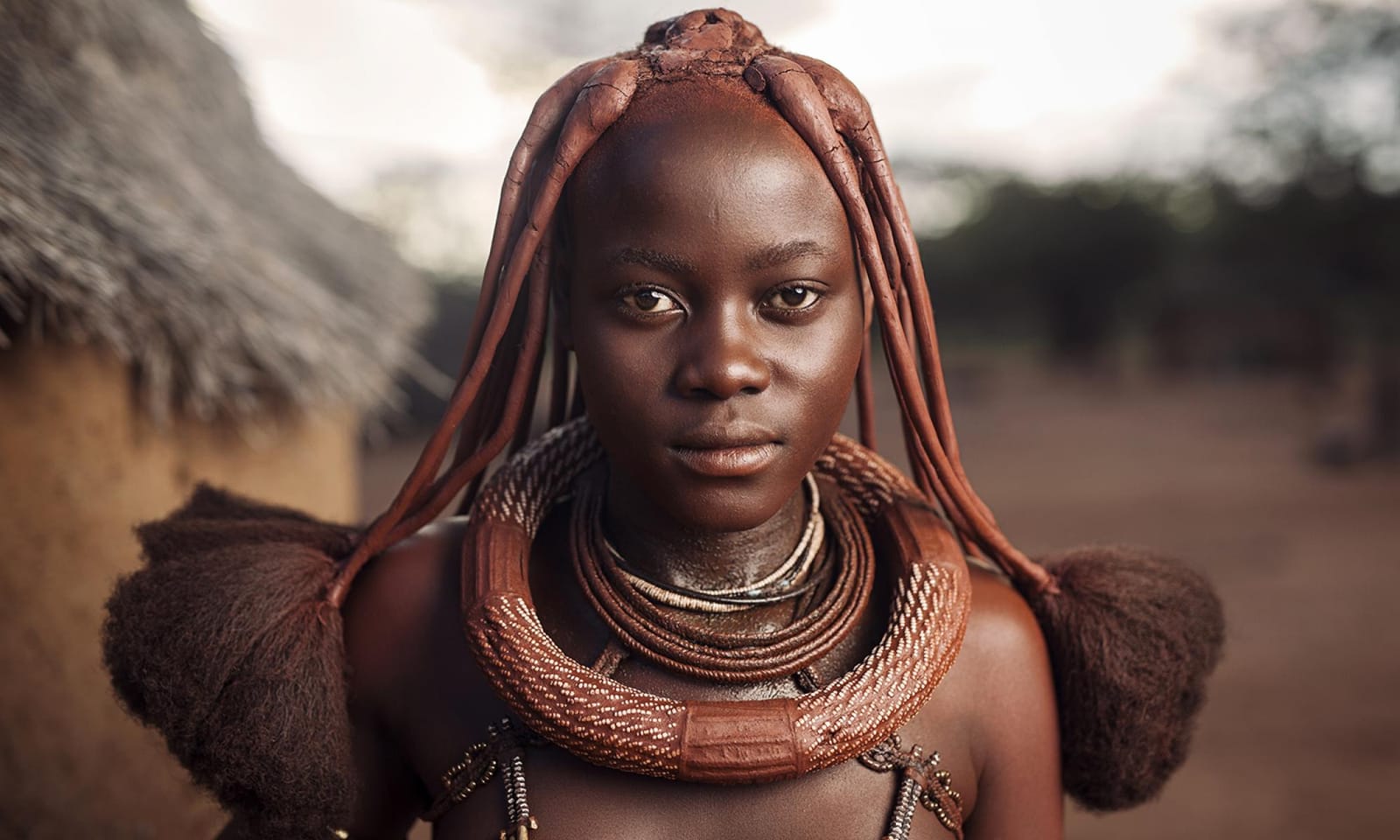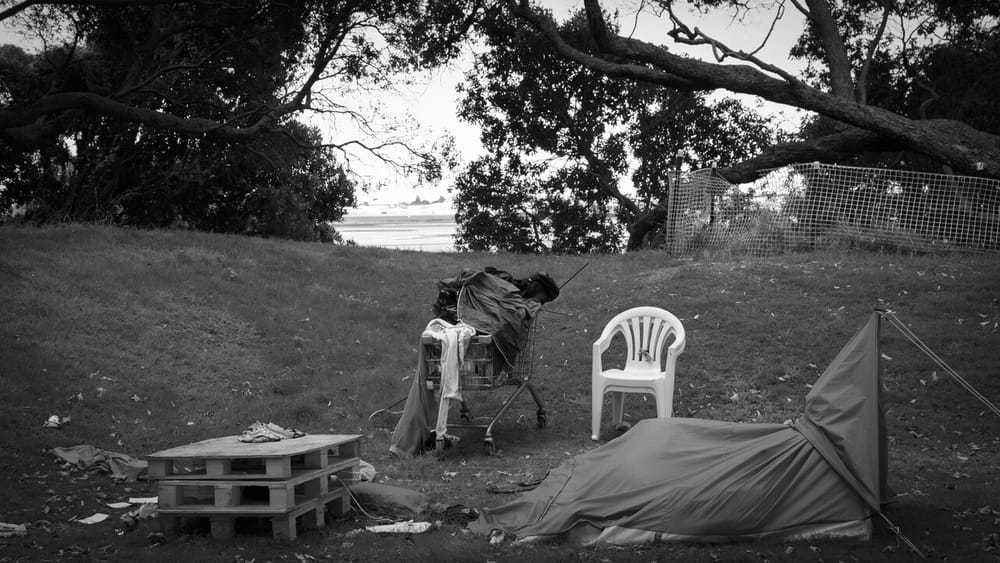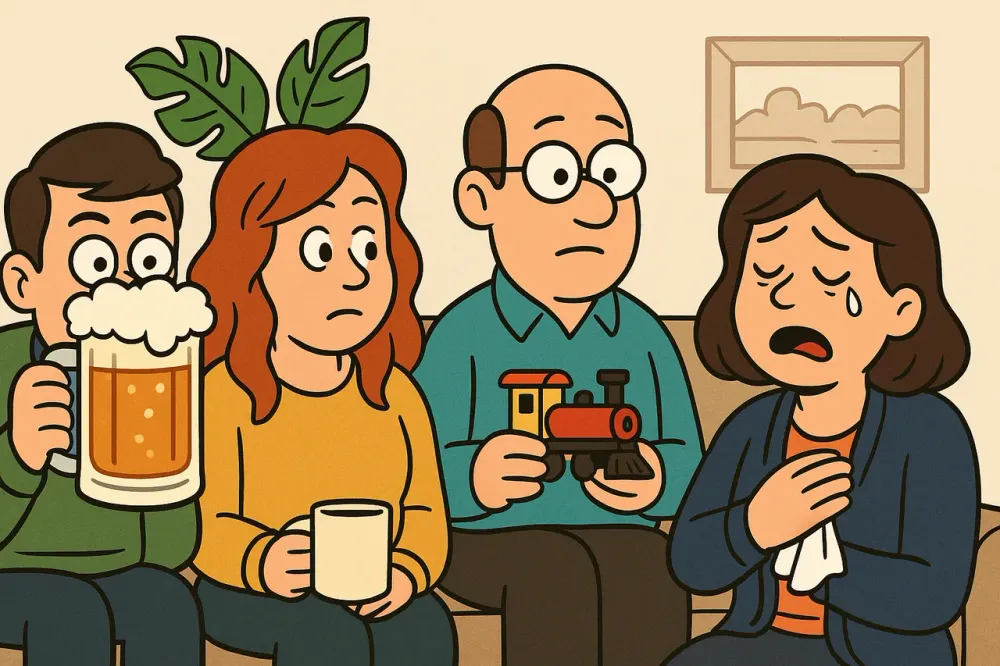Throughout history and across various cultures, hair and hairstyles have had significance far beyond aesthetic beauty and protection from weather.
Hairstyles have symbolised one’s age, tribal affiliations, ethnicity, religion, social status, marital status and more, and have allowed ethnic and cultural groups to define and even reclaim their identities. Many of these styles have stood the test of time and remain prominent today within and without the unique cultures in which they originated. In the age of social media, however, many of these traditional hairstyles have been adopted—or appropriated rather—by celebrities, social media influencers and festival-goers as mere fashion statements without any thought given to their deep cultural significance or painful history. Thus, learning about the history and significance of hair is vital to fostering a more mindful and respectful attitude towards Black, Indigenous and People of Colour.
Take a walk through the strands of human history with these five distinct hairstyles from around the world.
Cornrows: maps to freedom
Cornrows are a type of braided hairstyle in which “the hair is braided very close to the scalp, using an underhand, upward motion to make a continuous, raised row.” Also known as canerows in the Caribbean, they can be styled in straight lines as well as in intricate geometric or curved patterns. While some view cornrows as a modern trend, their history actually dates back millennia. They have been traced back to around 3,000 BCE where they were found in various cultures of West Africa and the Horn of Africa. The earliest documentation has been in Stone Age paintings in the Tassili Plateau of the Sahara. However, in more recent history, cornrows were used as a powerful tool of resistance against slavery and bondage.
During the Middle Passage, millions of enslaved Africans were chained and transported across the Atlantic to the Americas. They were made to shave their heads for the purpose of “sanitation” and as a way to strip them of their culture and identity. But this wasn’t adhered to by everyone. Many of those enslaved grew out their hair and braided it into cornrows as an act of resistance, rebellion and reclamation of cultural identity. Cornrows were also used as a clever method to communicate and create maps to escape from the homes of slave-owners. This was especially prevalent in South America.
According to a piece by The Washington Post, “In the time of slavery in Colombia, hair braiding was used to relay messages.” Styles such as departes with thick, tight braids were used to signal the desire to escape and other styles like curved braids were used to represent escape routes and roads. Braiding escape maps into cornrows proved an effective method for enslaved people to avoid getting caught with their escape plans.
The history of cornrows serves as a testimony to the strength, ingenuity and resilience of Black people; a reminder that hairstyles can often be much more than a fashion statement.
Himba dreadlocks: an elegant display of age, status and courtship
Dreadlocks are another ancient hairstyle as old as time. These rope-like strands are created by locking or braiding the hair. Contrary to popular belief, dreadlocks were not limited to African cultures; they have also been found in the ancient histories of Greece, Egypt and India, with the earliest examples dating back to 1,500 BCE. However, perhaps the most striking and unique iteration of the dreadlock is the one that adorns the heads of the elegant women of the Himba Tribe, a group of people living in the hot and arid Kunene Region of northern Namibia. Their skin and dreadlocks are coated in a red-tinged paste called 'otjize', which is a mixture of the aromatic resin of the omazumba shrub, animal fat and ground ochre pigment stone. The paste is used to protect their skin and hair from the harsh weather of the desert as well as for aesthetic purposes. The red colour represents the colour of earth and blood—the essence of life.
Hair plays a vital role in Himba culture. Right from birth, hairstyles symbolise age, marital status, wealth and rank and the thickness of the hair can also indicate a woman’s fertility. The heads of newborns are kept shaved, leaving only a small tuft of hair on the crown. As they grow older, boys braid their hair into a single plait while girls braid it into two plaits that hang in front of their face. Once a girl reaches marriageable age, a headdress called the Ekori made from tanned goatskin is worn. Women who have been married for a year wear another intricate headdress made from goatskin called the Erembe along with strands coated in the otjize paste, creating the famous and iconic dreadlocks seen in photographs of Himba women. The hair is also extended artificially using goat hairs or hay. Single men wear a single braid plaited at the back of the head and married men cover their heads with a cloth turban.
The Himba people have become the subject of many camera lenses due to their beauty but the photographs don’t often tell the intricate details and meanings behind their stunning hairstyles.
Mohawk: the hairstyle of warriors
In popular culture, the mohawk, also known as the mohican, is a hairstyle that has come to symbolise non-conformity and rebellion, its true history overshadowed by the punk rock subculture. Although the popular version consists of a strip of spiked or non-spiked hair along the middle of the head and shaved on either side, the original style consisted of a square patch of hair on the back of the crown of the head which was created by plucking hair rather than shaving it.
The style comes primarily from the Native American Pawnee people as well as from the Kanien’kehá:ka or Iroquois people. It takes its name from the Mohawk Nation, one of the Six Nations confederacy that speak the Iroquois language. The mohawk hairstyle was worn by young warrior men who were in charge of protecting their tribe. It was considered disrespectful for anyone else to wear the hairstyle, although it was a common hairstyle among Pawnee people. Pawnee warriors also wore a headdress called the roach headdress which was attached to a scalp-lock (a single lock of long hair on the head) and made to stand erect on the head by stiffening the hairs of the roach with fat and paint. The headdress was usually made of moose-hair, porcupine-hair and hair off the tail of white deers as well as black turkey beard, and was often dyed red and decorated with feathers, arrows and shells.
The mohawk is a symbol of strength and bravery, and while the hairstyle may appeal to some for its rebellious look, we must remember its importance to the Indigenous peoples of America.
Queue: hair becomes political
In medieval China, hairstyles reflected a people’s affiliation to a dynasty or tribal confederation. The queue is a hairstyle from China in which the front portion of the head is shaved every 10 days while the rest of the hair is grown out and braided in the back. It was brought to mainland China by the Manchu people, an ethnic group of the region of Manchuria in Northeast China, when they invaded the Ming Dynasty and seized Beijing to establish the Qing Dynasty. Under Qing rule, which lasted from 1644 until 1912, all Han Chinese men were ordered to wear the queue as a sign of submission to the ruling Manchurians.
This was met with strong resistance, causing protests and rebellions to erupt, since Han Chinese men followed the philosophy of Confucius who said, “We are given our body, skin and hair from our parents; which we ought not to damage. This idea is the quintessence of filial duty.” Furthermore, the order to shave a portion of their hair became a question of giving up their cultural identity and accepting a new national one for the Han Chinese.
The refusal to wear the style within 10 days of the emperor issuing his ‘Queue Order’ was treated as treason for which punishment was execution. Most Han men did not object to braiding their hair but fiercely objected to shaving their heads. Hence, the ones who rebelled grew hair in the front as a sign of protest. This caused the Qing rulers to enforce the shaving of the front of the head much more strictly than braiding and it became the main signifier of loyalty to the government. Hair became a trigger for political uprising.
In the words of Chinese writer and poet Lu Xun, “In fact, the Chinese people in those days revolted not because the country was on the verge of ruin, but because they had to wear queues."
As years passed, most Han men were forced to submit to the order. Even Chinese immigrants to the United States in the 18th century had to keep their queue to avoid being profiled as revolutionaries by the Chinese government. This led to the stereotyping and caricaturisation of Chinese people by White Americans and Europeans who were indifferent to its bloody history.
Nihongami: the hallmark of the geisha
Nihongami, the literal translation of which is “Japanese hair,” is a term that denotes a range of traditional Japanese hairstyles with distinctive societal roles and styles, most popularly associated with geishas. According to Wikipedia, it consists of “two ‘wings’ at the side of the head, curving upwards towards the back of the head to form a topknot or ponytail, with a long loop of hair below this also drawn into the topknot.” The Edo Period, from 1603 to 1868, was the golden age of nihongami as it was during this time that many intricate variations of it featuring buns and wings were developed and became a trend. The styles differed according to a woman’s age, social status and occupation. For example, the shimada was worn by girls in their late teens, the sakkō by newly married women and the takashimada by brides.
Perhaps the most interesting examples are the hairstyles that the geishas and maiko (novice geishas) wear through various stages of their apprenticeship and career. Geishas are professional performing artists trained in singing, dancing, conversation and tea ceremonies. A maiko, on the other hand, is a young woman below the age of 21 who is undergoing training to become a professional geisha. Throughout a maiko's apprenticeship, she wears five different hairstyles at various stages: wareshinobu, ofuku, katsuyama, yakko-shimada and sakkou. The wareshinobu, consisting of two silk red ribbons with white spots, is worn by a junior maiko during the first three years of the apprenticeship, followed by the ofuko after going through a coming of age ceremony on the maiko’s 18th birthday in which she becomes a senior maiko. The katsuyama and yakko-shimada hairstyles can then be worn by the senior maiko on special occasions and festivals. Finally, the sakkou is worn on a maiko’s graduation ceremony during which she officially becomes a geisha.
Traditionally, these hairstyles were all created by expert hairstylists known as keppatsu-shi, but after World War II, the number of hairstylists dwindled significantly and geishas began to wear wigs known as katsura. These wigs come in various styles, the most popular ones being geigi shimada, geiko shimada and chū takashimada. So next time you see a geisha in a movie, remember the years of dedicated training that they had to go through to work their way up from a junior maiko all the way to a professional geisha.







